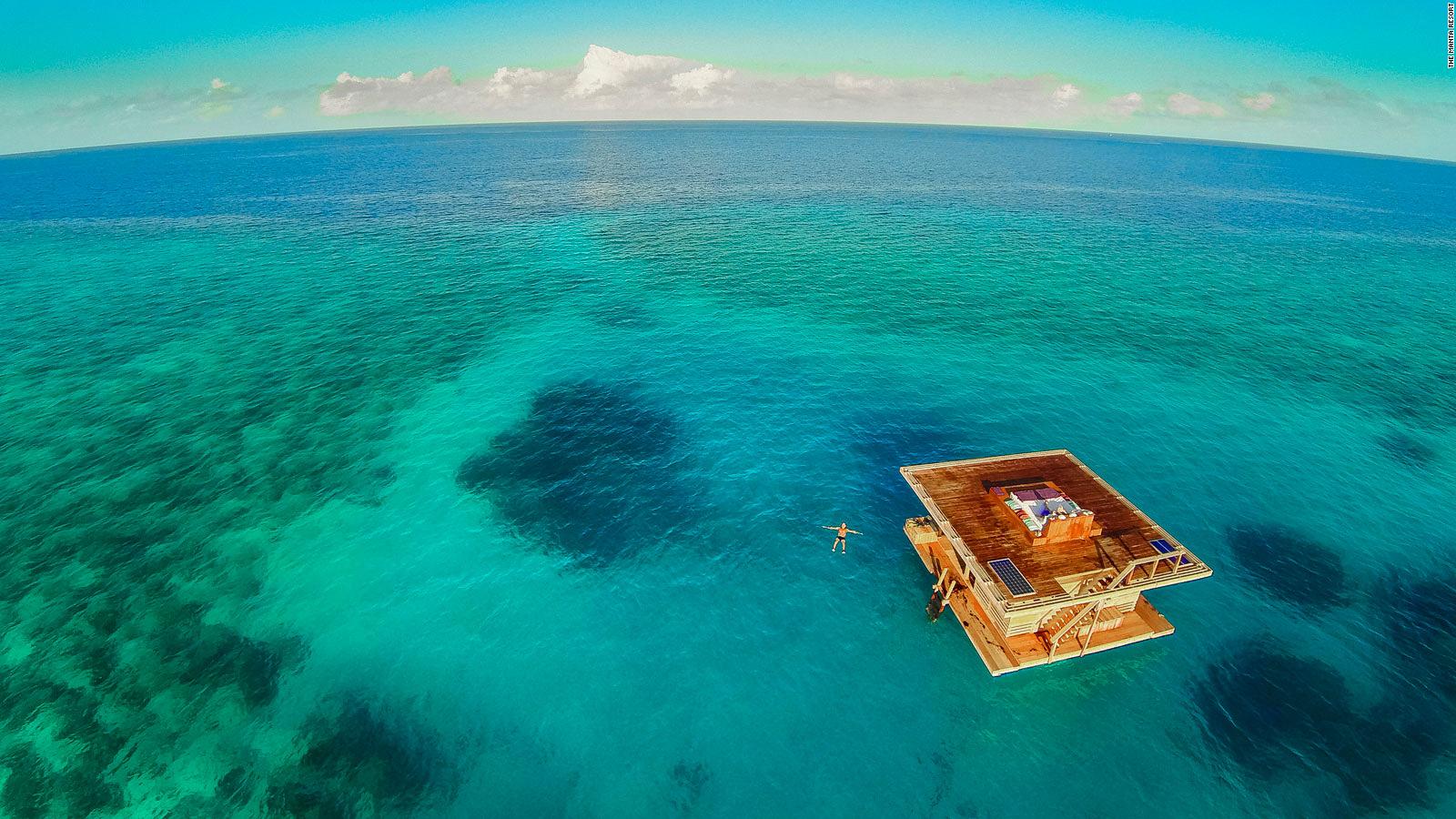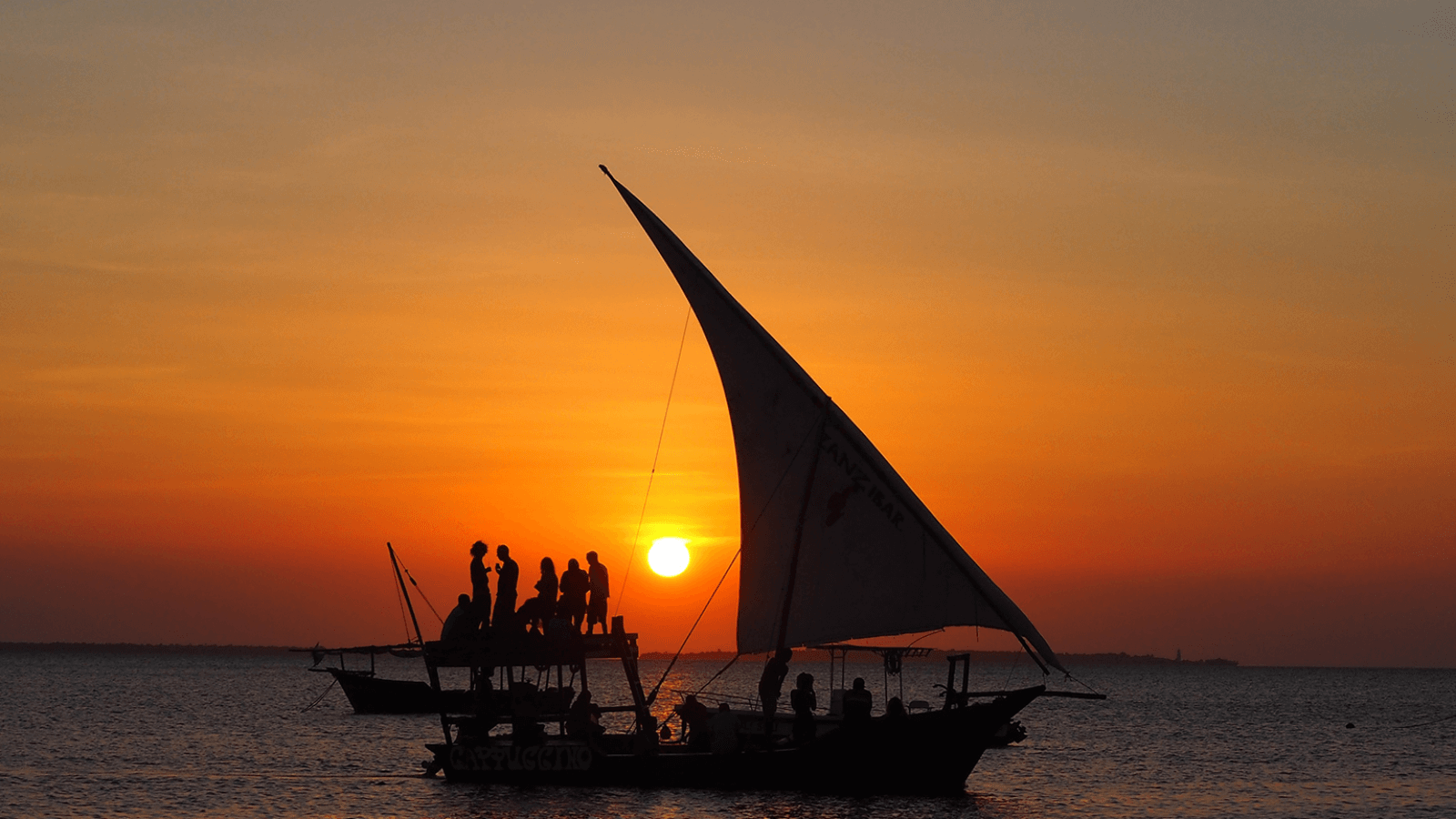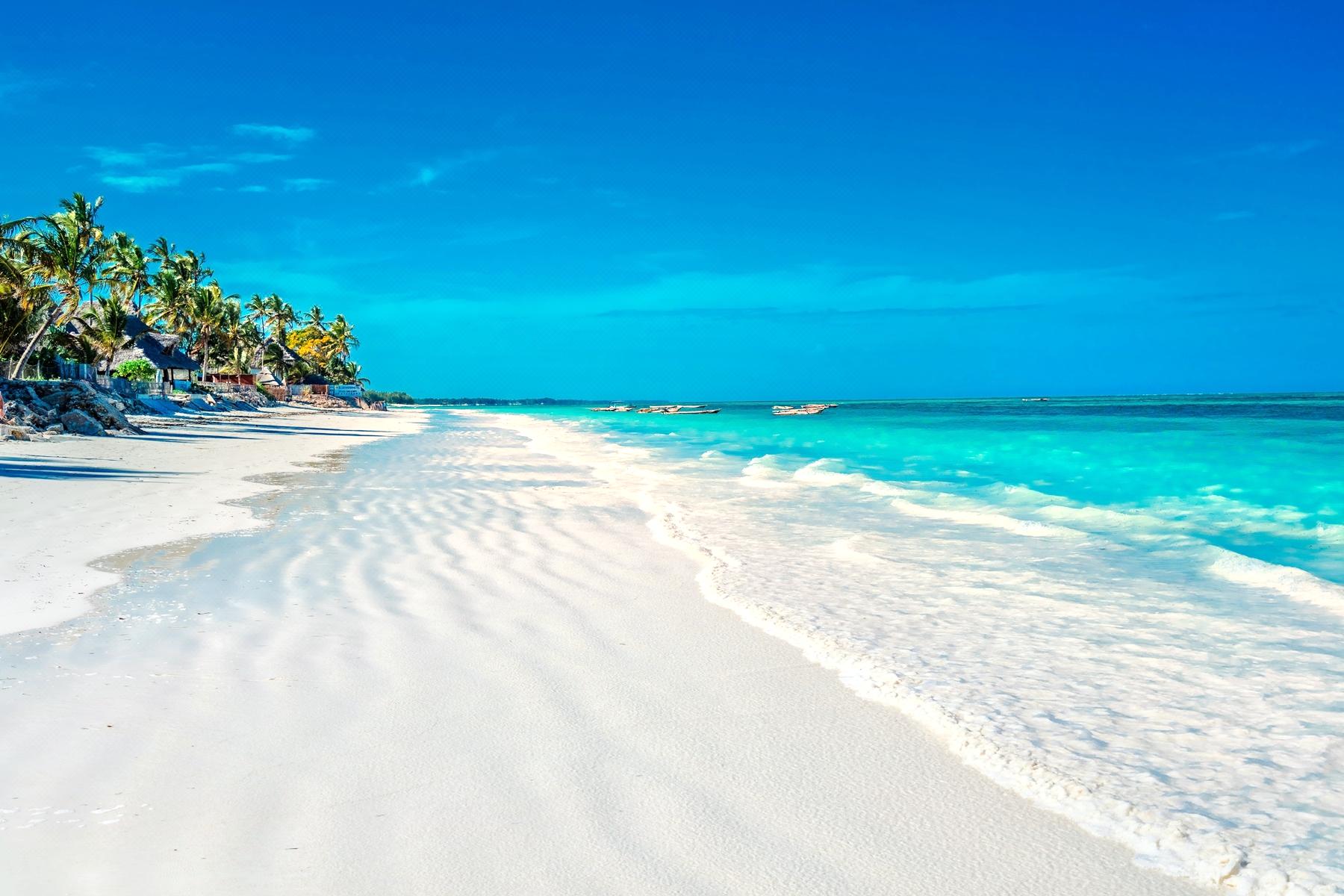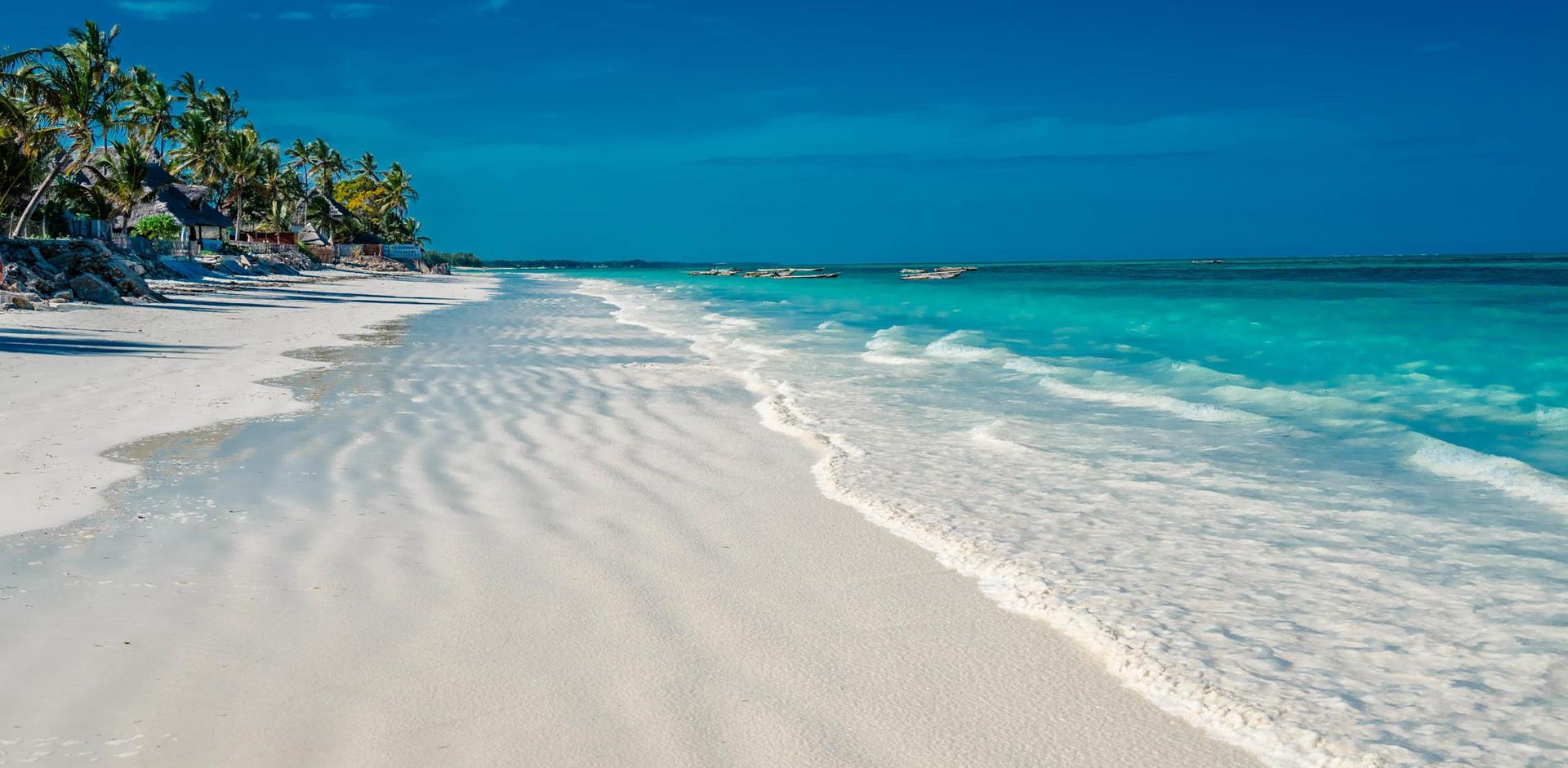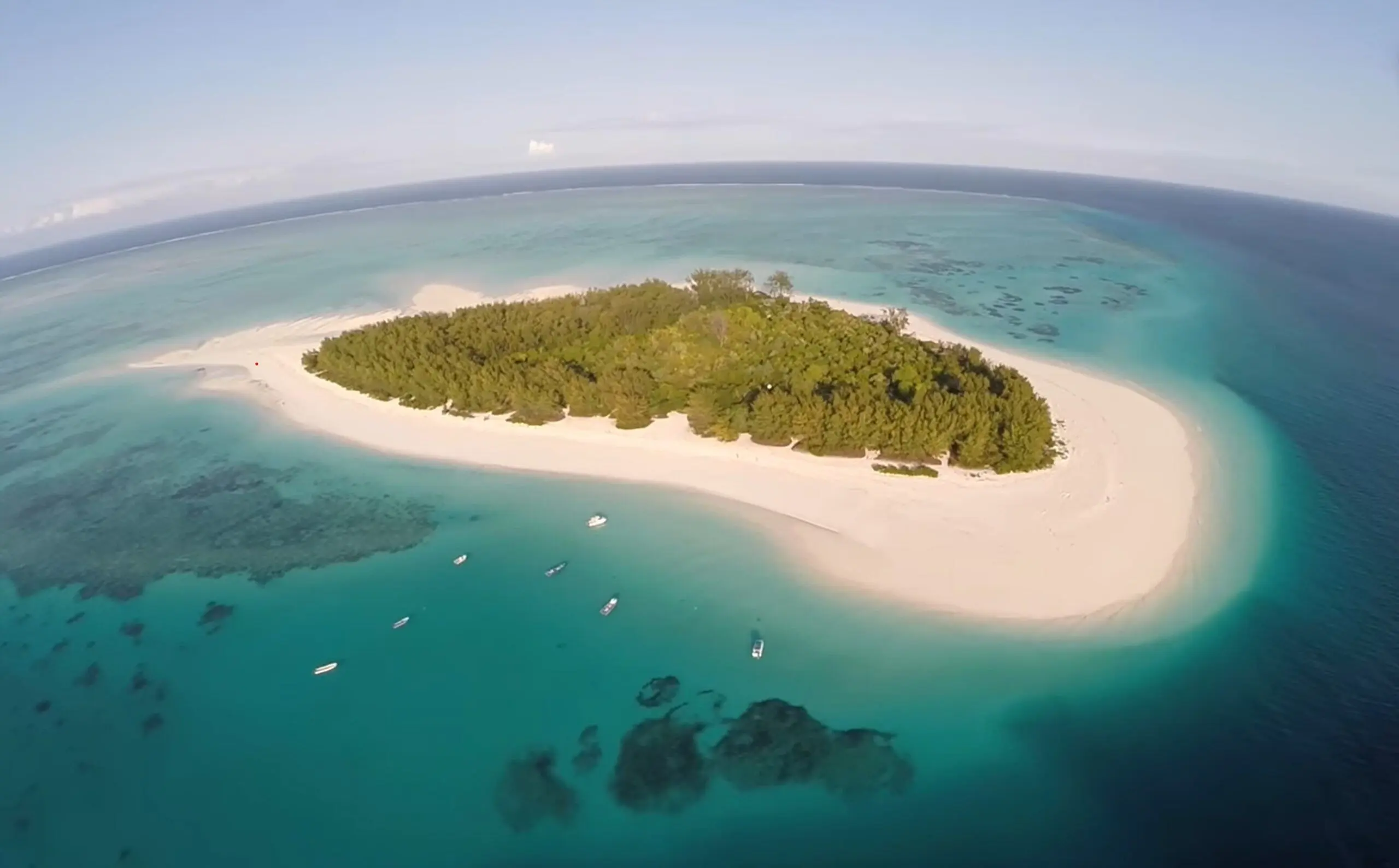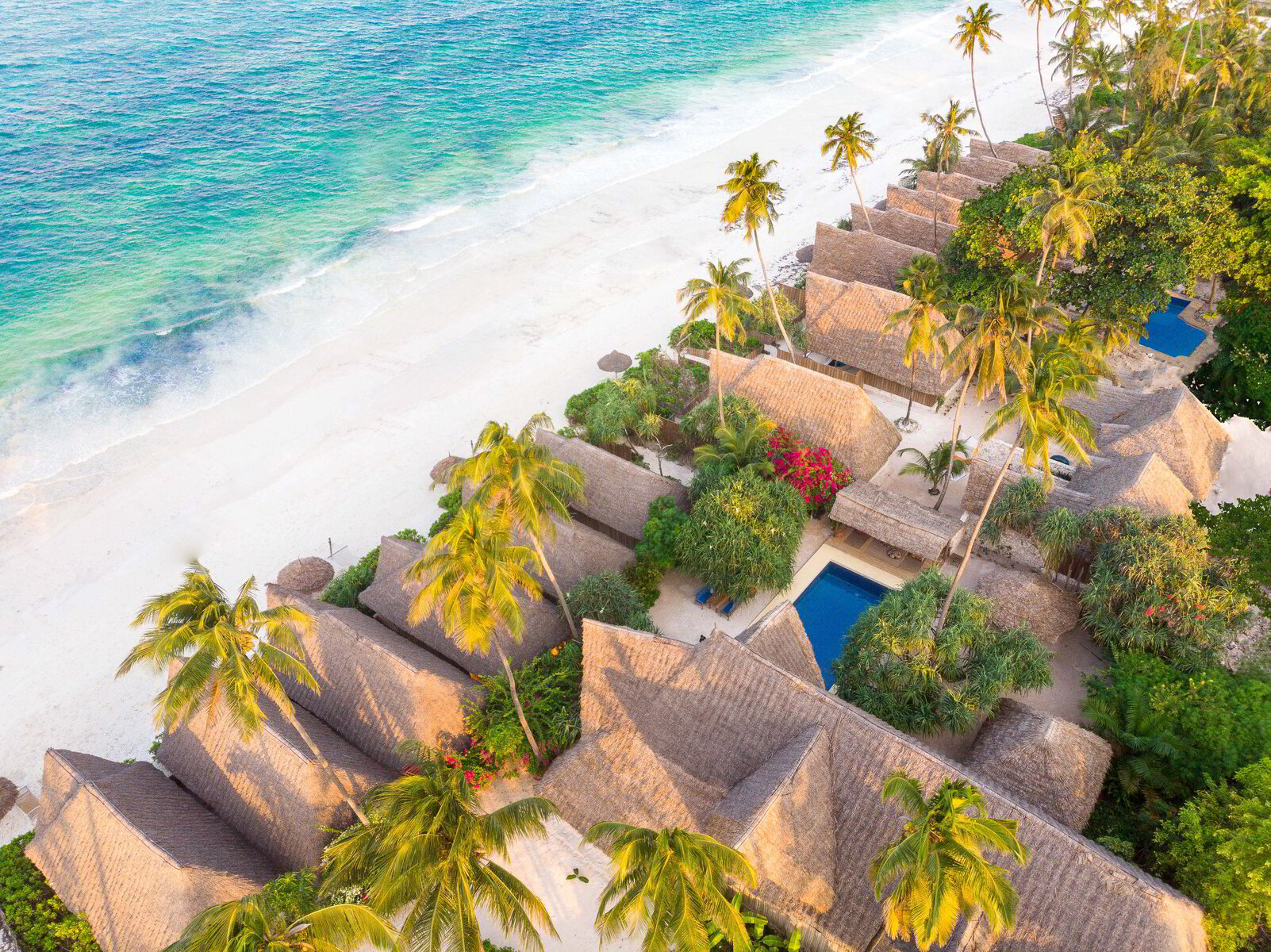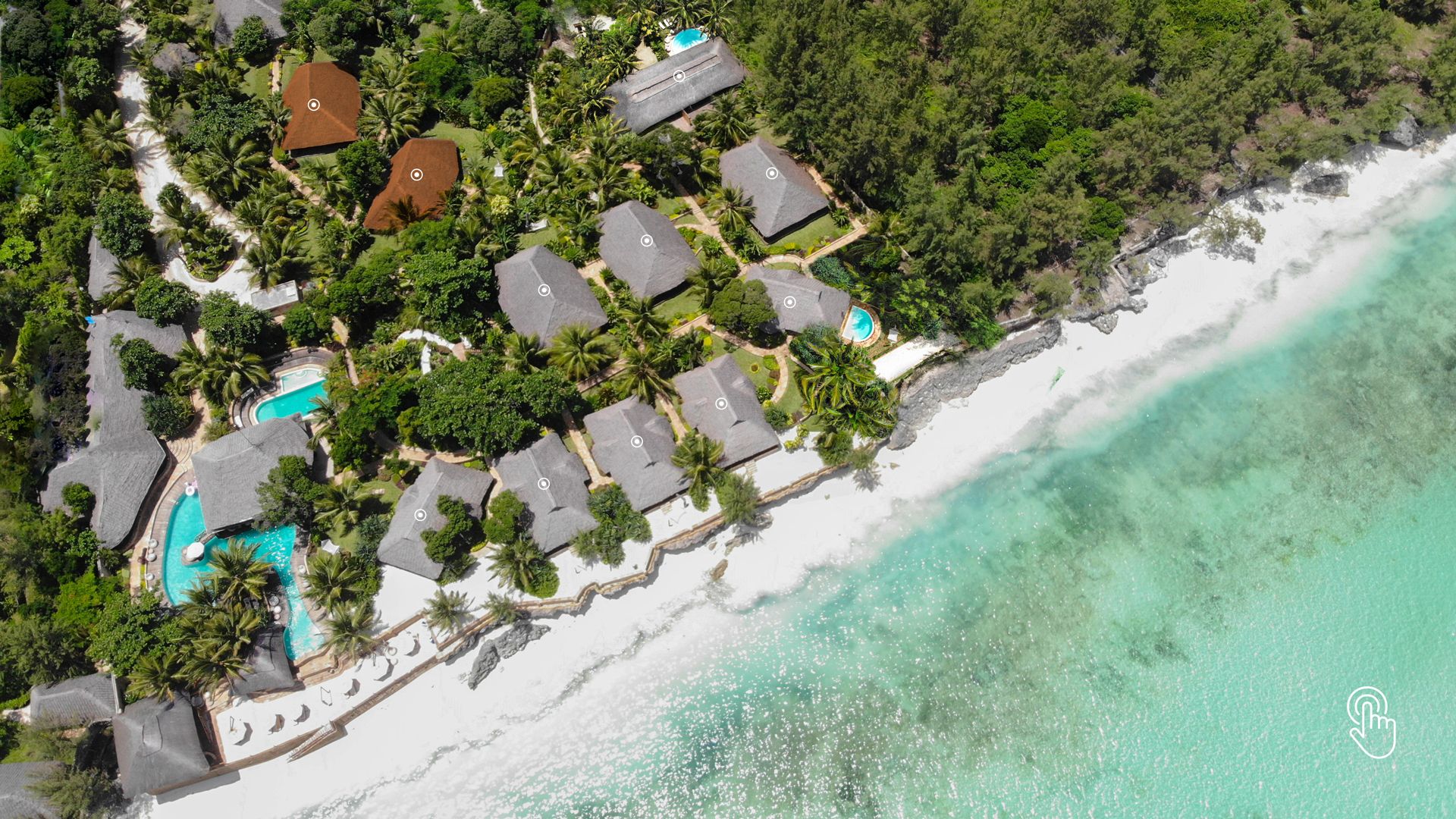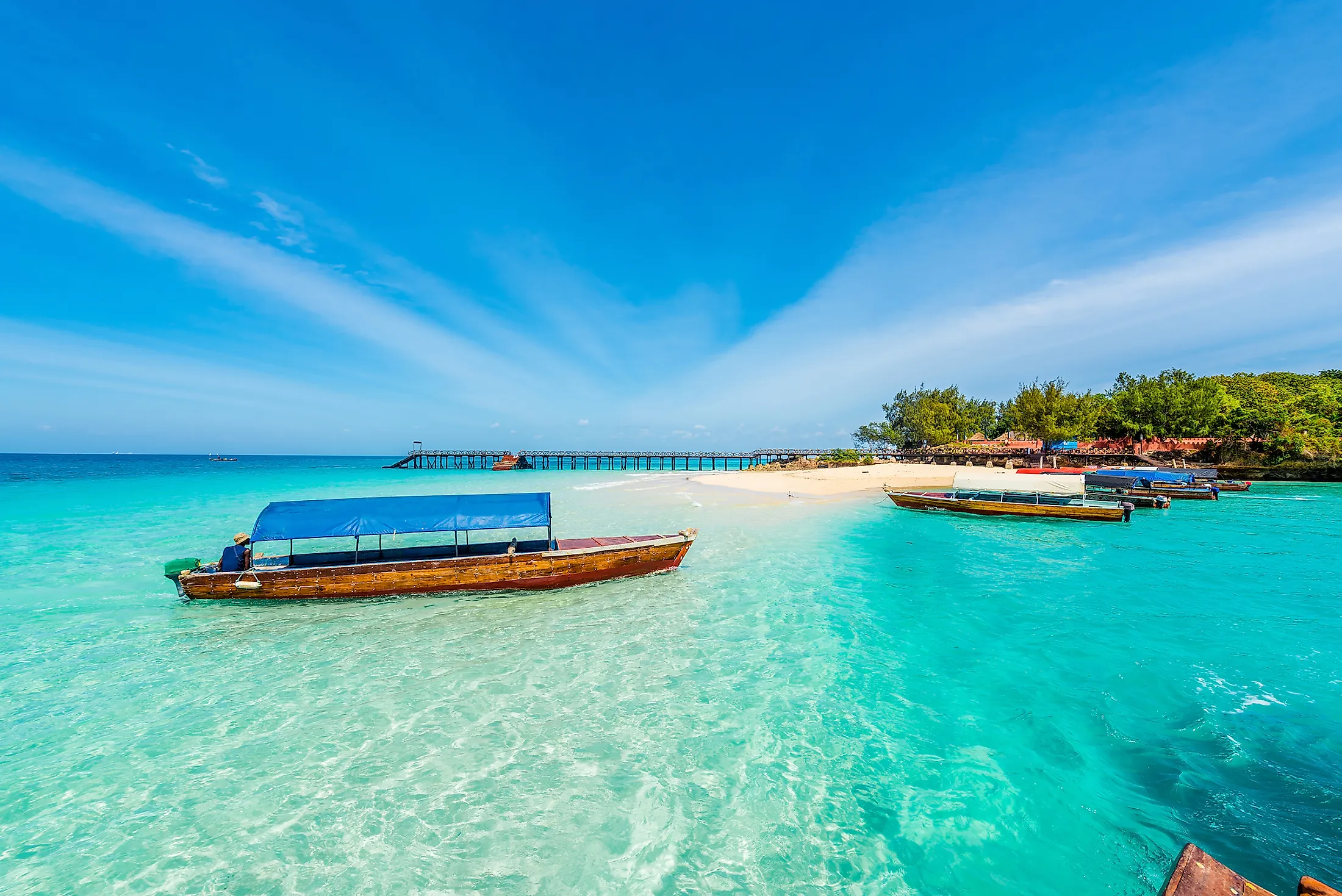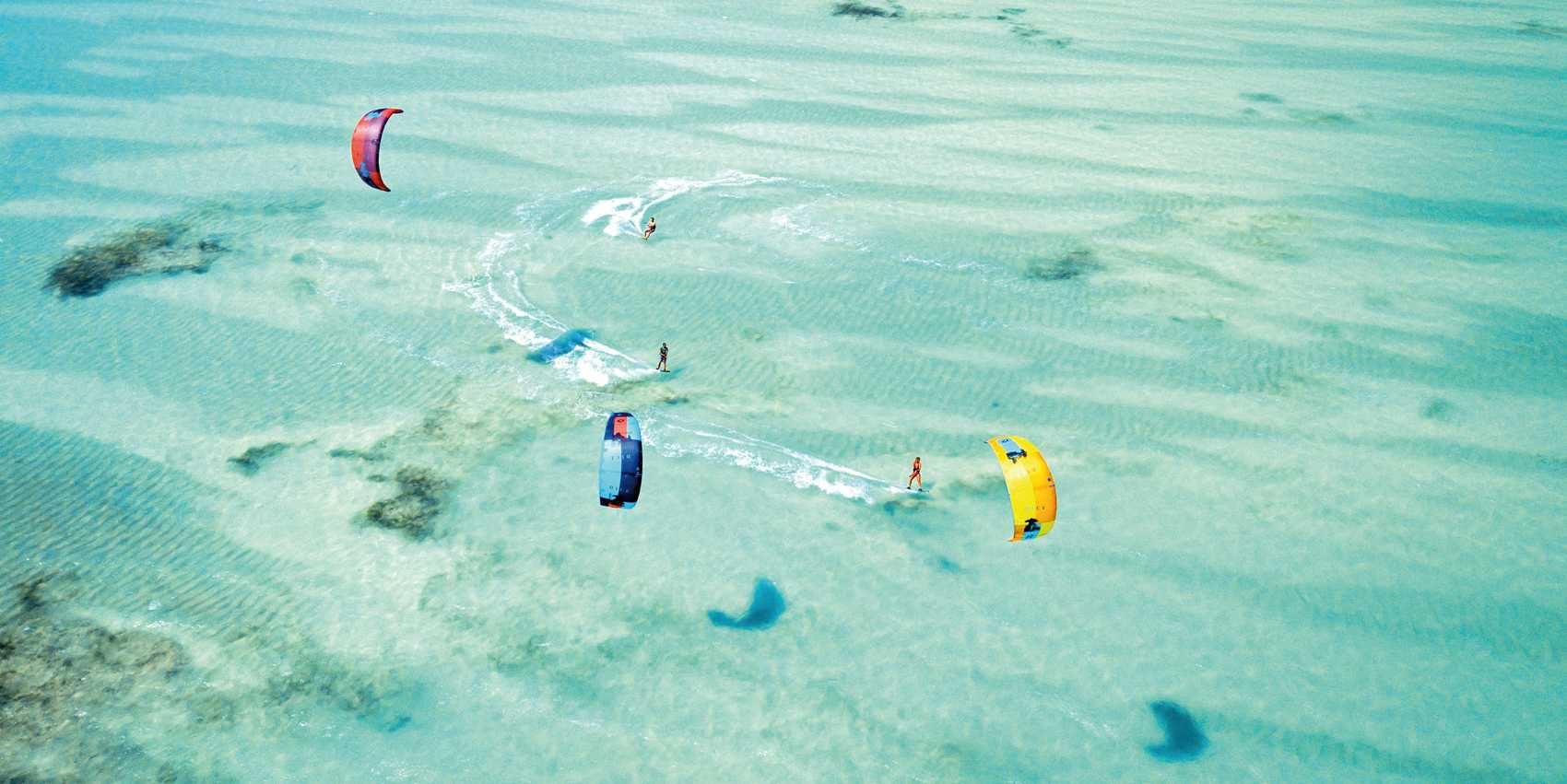Zanzibar
Zanzibar Island

Zanzibar, an archipelago located off the coast of Tanzania in East Africa, is renowned for its pristine white-sand beaches, vibrant coral reefs, and rich cultural history. The main islands of Zanzibar are Unguja (commonly referred to as Zanzibar Island) and Pemba. The islands are a major tourist destination, attracting visitors with their unique blend of natural beauty, historical sites, and cultural experiences.
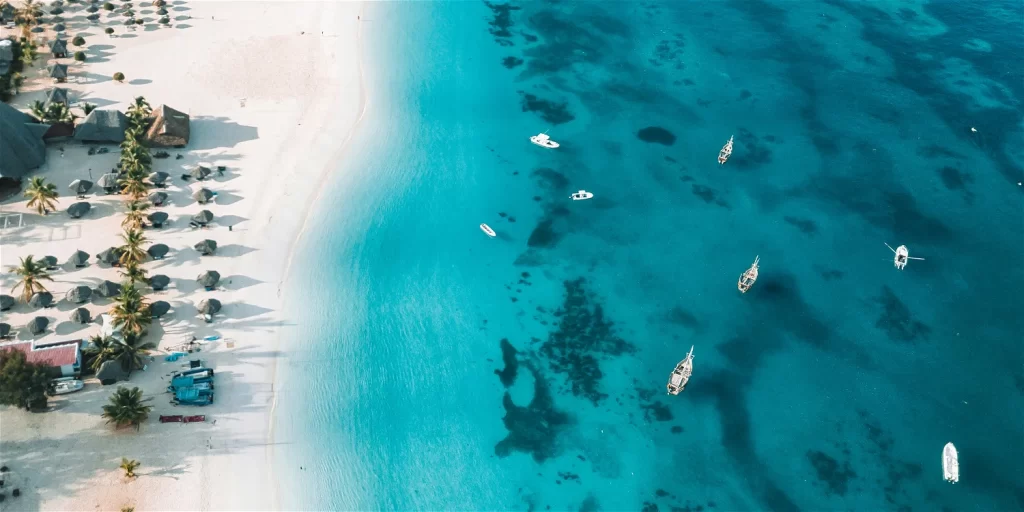
Overview of Zanzibar Island

Zanzibar is a tropical paradise that offers a perfect blend of natural beauty, historical intrigue, and cultural richness. Whether lounging on its pristine beaches, exploring the vibrant marine life, or delving into the island’s storied past, visitors to Zanzibar are sure to experience an unforgettable adventure.
Pristine Beaches:
Zanzibar boasts some of the most beautiful beaches in the world. The white sands and turquoise waters provide an idyllic setting for relaxation, swimming, and water sports. Popular beaches include Nungwi, Kendwa, Paje, and Jambiani.
Stone Town:
Stone Town, the historic heart of Zanzibar City, is a UNESCO World Heritage Site. This ancient town is a maze of narrow alleys, bustling bazaars, mosques, and grand Arab houses. Notable sites include the House of Wonders, the Old Fort, and the Sultan’s Palace.
Spice Plantations:
Zanzibar is often referred to as the “Spice Island” due to its historic spice trade. Visitors can tour spice plantations to see, smell, and taste a variety of spices, including cloves, nutmeg, cinnamon, and black pepper. These tours provide insight into the island’s agricultural heritage.
Marine Life and Coral Reefs:
The waters surrounding Zanzibar are teeming with marine life. The coral reefs offer excellent snorkeling and diving opportunities. Mnemba Atoll, a small island off the northeast coast, is particularly famous for its clear waters and diverse marine species, including dolphins, turtles, and colorful fish.
Historical Significance:
Zanzibar has a rich history that includes periods of Persian, Portuguese, Omani, and British rule. The island played a significant role in the spice trade and was a major center for the slave trade. Historical tours provide insights into this complex past.
Jozani Forest:
The Jozani Chwaka Bay National Park is home to the rare red colobus monkey, endemic to Zanzibar. The forest also houses other wildlife, such as bush babies, duikers, and a variety of bird species. The mangrove boardwalk in the park provides a chance to explore the unique coastal mangrove ecosystem.
Cultural Melting Pot:
Zanzibar’s culture is a blend of African, Arab, Indian, and European influences, reflecting its history as a major trading hub. This multicultural heritage is evident in the island’s architecture, cuisine, music, and festivals.
Swahili Culture:
Zanzibar is a center of Swahili culture, characterized by its distinct language, traditional music (such as taarab), and vibrant arts and crafts. Visitors can experience Swahili hospitality, cuisine, and customs.
Water Sports and Activities:
In addition to snorkeling and diving, Zanzibar offers a variety of water sports such as kite surfing, sailing, and deep-sea fishing. The steady trade winds and warm waters make it an ideal destination for water-based activities.
Island Excursions:
Day trips to smaller surrounding islands, such as Prison Island (known for its giant tortoises) and Chumbe Island (a marine sanctuary), provide additional exploration opportunities.
Facts about Zanzibar Island
- Pristine white-sand beaches
- Stone Town is a UNESCO World Heritage Site
- Known as the “Spice Island” due to its historic spice trade
- Vibrant coral reefs and diverse marine life
- Jozani Forest is home to the rare red colobus monkey
- Blend of African, Arab, Indian, and European cultural influences
- Rich history with periods of Persian, Portuguese, Omani, and British rule
- Center of Swahili culture
- Offers a variety of water sports and activities (e.g., snorkeling, diving, kite surfing)
- Island excursions to nearby islands like Prison Island and Chumbe Island
Most common Encounters
- White-sand beaches
- Coral reefs
- Spice plantations
- Historic Stone Town
- Baobab trees
- Swahili culture
- Traditional taarab music
- Historic slave trade sites
- Giant tortoises (e.g., Prison Island)
- Red colobus monkeys


